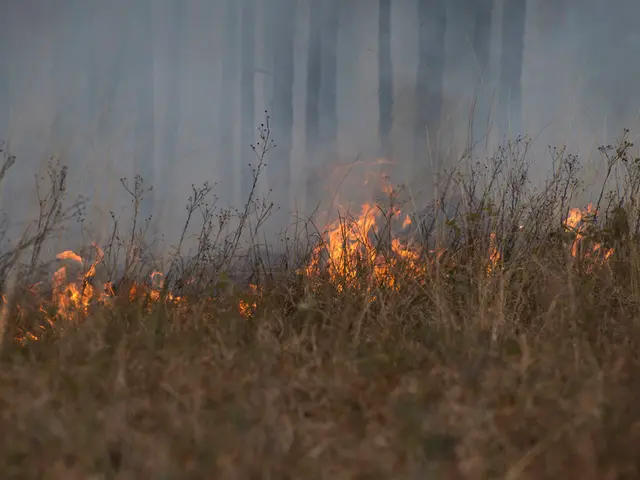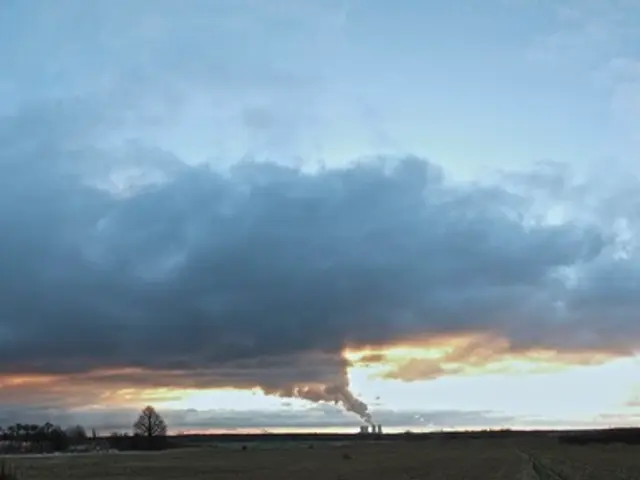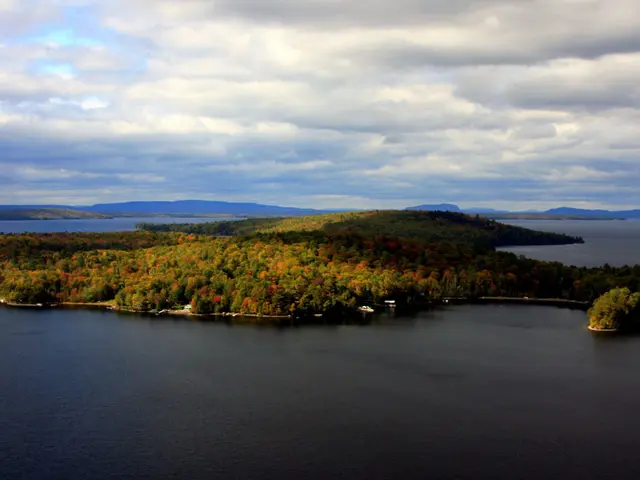Intense Hurricanes Appear to Be a Growing Concern
In a groundbreaking study published in the journal Nature Climate Change on July 31, researchers have identified a tenfold increase in the likelihood of tropical cyclone cluster formation in the North Atlantic over the past 46 years. This trend, which surpasses the historical hotspot for such clusters in the western North Pacific, has raised concerns for Atlantic coastal communities, including the United States.
The study, led by Dazhi Xi, a climatologist at the University of Hong Kong, used a probabilistic model to understand this trend. However, the model significantly underestimated the chance of tropical cyclone clusters for some years, indicating that there are factors beyond storm frequency, duration, and seasonality at play.
Several key factors have contributed to the North Atlantic emerging as a hotspot for clustered tropical cyclones. Warmer sea surface temperatures (SSTs), caused by global warming, provide more energy for the formation and intensification of these storms. Changes in atmospheric circulation, such as variations in upper-level winds and the jet stream, can facilitate the development and clustering of storms by reducing wind shear, which normally inhibits cyclone formation.
Increased moisture availability, due to higher ocean temperatures leading to increased evaporation, creates favourable conditions for storm development. Additionally, natural climate patterns like the Atlantic Multidecadal Oscillation (AMO) can cycle over several decades, leading to periods of increased hurricane activity.
Another factor is the possible changes in storm tracks, as shifts in prevailing weather patterns may lead to storms forming nearer to each other or following clustered tracks. This is supported by the observation that synoptic-scale waves, large, moving atmospheric disturbances that can create conditions conducive for storm formation, increase the odds of tropical cyclone clusters.
The warming pattern modulates the frequency of tropical cyclones in the North Atlantic and northwestern Pacific basins. During certain years, the observed changes in synoptic-scale wave intensity are responses to a "La Niña-like" global warming pattern, characterized by slower warming in the Eastern Pacific compared to the Western Pacific.
This shift of tropical cyclone cluster hotspot from the northwestern Pacific to the North Atlantic basin is caused by the warming pattern. According to NOAA, tropical cyclone clusters, which involve two or more hurricanes being active within the same basin at the same time, are becoming more common in the North Atlantic.
The researchers hope their findings will urge Atlantic coastal communities to develop proactive strategies to deal with the increasing risk of rapid-succession hurricanes. A notable example of this occurred in early October 2024, when Hurricanes Milton, Kirk, and Leslie were simultaneously active in the Atlantic Basin, marking the first time on record that three Atlantic hurricanes were actively churning after September.
It's unclear whether this warming pattern has resulted from natural variations within the climate system or external pressures, such as greenhouse gas emissions. However, the study suggests that synoptic-scale waves play a significant role in tropical cyclone cluster formation, beyond what can be explained by storm frequency, storm duration, and storm seasonality.
For detailed, up-to-date scientific findings, peer-reviewed climate research or reports from meteorological agencies like NOAA or the IPCC would be recommended sources.
- The study published in Nature Climate Change reveals a tenfold increase in the likelihood of tropical cyclone cluster formation in the North Atlantic, surpassing the traditional hotspot in the western North Pacific.
- Researchers, led by Dazhi Xi from the University of Hong Kong, have noted that a warming pattern influences the North Atlantic's emergence as a hotspot for clustered tropical cyclones.
- Global warming, which raises sea surface temperatures, provides more energy for the formation and intensification of these storms, contributing to their clustering.
- NOAA has reported that tropical cyclone clusters, involving multiple hurricanes active within the same basin at the same time, are becoming more common in the North Atlantic.
- The study underscores the importance of synoptic-scale waves in tropical cyclone cluster formation, beyond what can be accounted for by storm frequency, duration, and seasonality.








